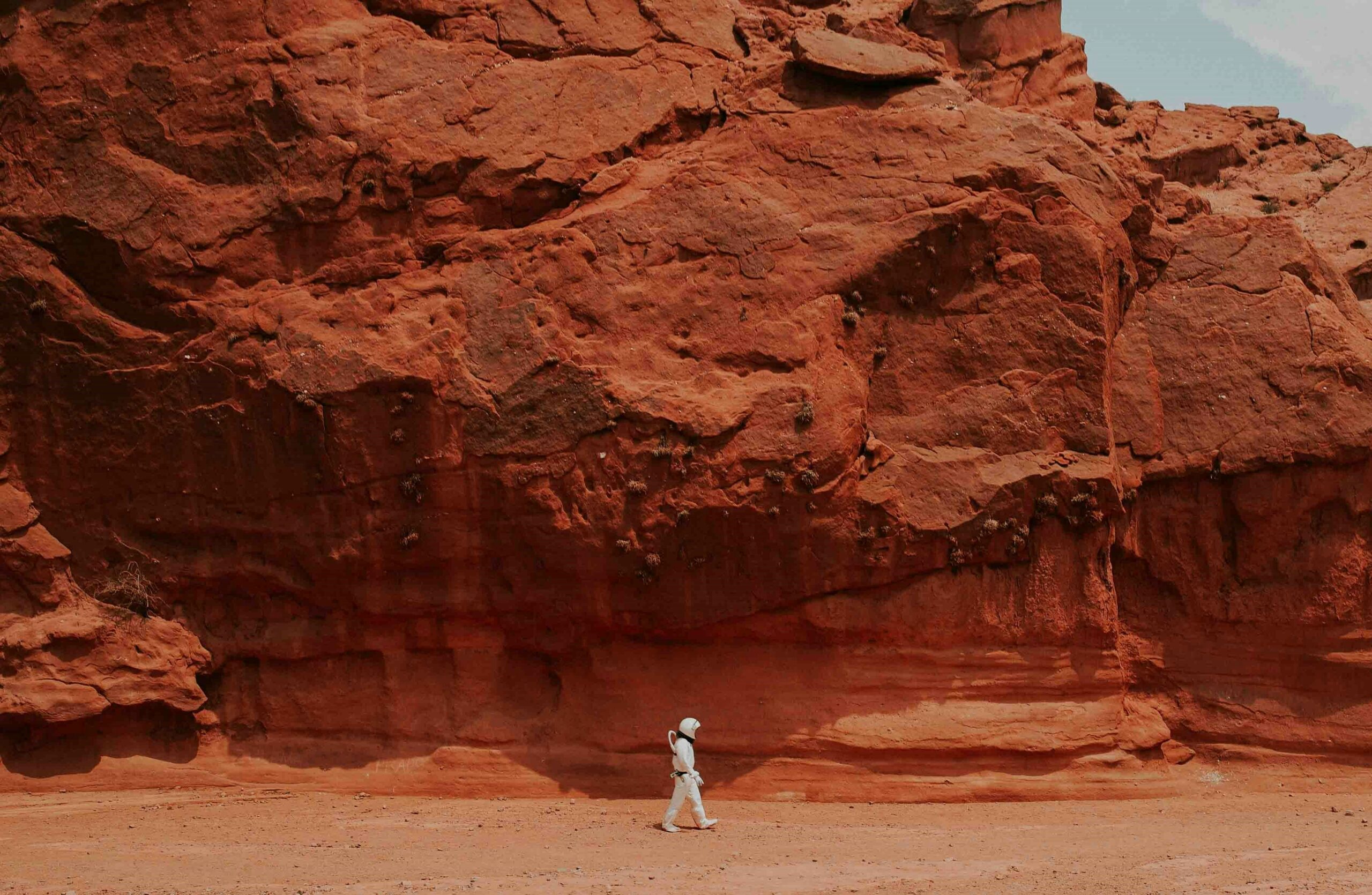What will life be like on Mars? NASA seeks candidates for simulation

If you are a healthy, non-smoking American citizen between the ages of 30 and 55 and dream of Mars then NASA is looking for you: the US agency has opened selection for its second simulated mission on the Martian surface lasting one year.
Can humans withstand the psychological challenges of a life in isolation on Mars?
This is what NASA will try to understand, looking for potential "Martians" for a simulated mission on the red planet .
On February 16, the space agency put out a call for candidates for its second Chapea, or Crew Health and Performance Exploration Analog, mission, which will begin in spring 2025.
For a year, a crew of four volunteers will live and work inside Mars Dune Alpha at NASA's Johnson Space Center in Houston. The habitat, a 158-square-meter structure built in 3D, is designed to resemble the living conditions of a crew of astronauts landing on the Martian surface in the future. An eventuality that NASA predicts could occur by 2040, recalls the New York Times , adding that what the agency does not yet know – what no one can know – is whether humanity will be able to overcome the psychological torment of life Martian.
Understanding how a crew reacts to the challenges of a deep space mission is essential to planning how astronauts will explore the red planet.
All the details.
WHAT IS NASA'S CHAPEA MISSION TO MARS
The Chapea simulation will begin next year after 13 months of selection.
Inside Mars Dune Alpha, participants will grow crops, maintain their habitat, exercise, perform robotic operations and take simulated spacewalks. And they will face real problems such as equipment failures, communications delays, environmental stressors and managing limited resources.
“Major activities will involve simulated spacewalks, communications, preparing and eating meals, exercise, hygiene, scientific work and sleeping,” NASA explained.
So for 378 days, four ordinary people would have reproduced, as faithfully as possible, the life of Martian colonists, receiving directives, feedback and almost total surveillance from mission control, underlines the NYT . They would eat astronaut food, conduct basic experiments, perform maintenance tasks, answer endless surveys, and enjoy highly structured downtime. This level of extreme verisimilitude is necessary to ensure that the experiment accurately determines whether humans can thrive living millions of miles from anyone they have ever known, highlights the New York Times.
IT'S NOT THE FIRST TIME
It is not the first time that NASA has launched a similar experiment. As the agency works to establish a long-term presence for scientific discovery and exploration on the Moon through the Artemis campaign, the Chapea missions provide important scientific data to validate systems and develop solutions for future missions to the Red Planet.
The first Chapea mission started last June with the first four volunteers as protagonists: research scientist Kelly Haston, structural engineer Ross Brockwell, emergency medicine doctor Nathan Jones and microbiologist Anca Selariu. With the first Chapea crew more than halfway through its year-long mission, NASA is using data acquired through the simulated missions to help inform crew health and performance support during expeditions to Mars.
“The second mission will be very similar to the first with the same objectives in order to collect additional data among the participants,” said Anna Schneider, public affairs manager at the Johnson Space Center.
WHO CAN APPLY
For the Chapea program, the American agency is looking for healthy, non-smoking US citizens aged between 30 and 55, who speak English well and have no criminal record. When it comes to selecting Chapea's crew, the agency has specific criteria in mind that align with how they select astronauts. They will also need to have at least a master's degree in STEM subjects (science, technology, engineering and mathematics), have at least 1,000 hours of flight time as a pilot or have completed military training.
The selection process could last up to 13 months and finalists will have to undergo medical, psychological and psychiatric tests to ensure they are mentally and physically fit for such a long and isolating mission.
Additionally, “Applicants should have a strong desire for unique and rewarding adventures and an interest in contributing to NASA's work to prepare for the first human trip to Mars,” according to the agency.
THE COMPENSATION
Ultimately, each participant will receive a compensation of approximately $60,000 to put their lives “on Earth” on hold and participate in the simulation of Martian life for over a year. You have until April 2nd to apply.
![]()
This is a machine translation from Italian language of a post published on Start Magazine at the URL https://www.startmag.it/innovazione/come-sara-la-vita-su-marte-la-nasa-cerca-candidati-per-la-simulazione/ on Sun, 03 Mar 2024 06:49:20 +0000.
